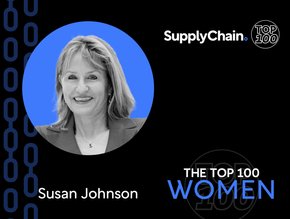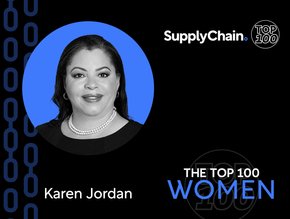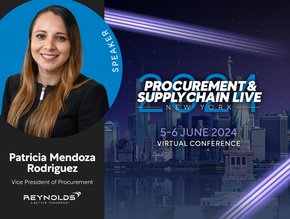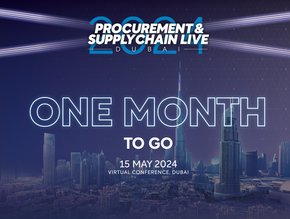IKEA’s “Buy Back” Scheme For Sustainability
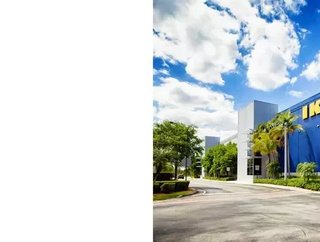
IKEA, the Swedish multinational group that sells ready-to-assemble furniture, kitchen appliances and home accessories, has just stepped up their contribution to fighting the ever-growing environmental problems that the world faces. Increased carbon emissions are threatening the survival of our planet and, unfortunately, manufacturing norms of the last century be a major reason for that issue. In an attempt to lessen their company’s carbon footprint, IKEA bosses have announced that they will now do a “Buy Back” scheme, to ensure that their used furniture doesn’t end up in the landfill pile.
How Does The Scheme Work?
At IKEA “we believe that our products deserve a second life, as such, we are willing to buy your used IKEA products from you.”
The “Buy-back and re-sell in store” service will allow IKEA to help out their customers in a time when a lot of people are a little strapped for cash. They’ll buy back their used furniture and hand customers a personal IKEA refund card which they’ll top up with a percentage of the original price, dependent on the condition of the product.
Every returned product will then be placed in the “AS-IS” sale section of the shop, with more affordable pricing for consumers looking for a bargain. Or, if it’s in deplorable condition, the company will recycle it. “It’s this kind of approach and way of thinking that will help us achieve our goals of becoming a circular business and people and planet positive,” IKEA stated.
Going Circular
The circular supply chain concept is one that many companies are looking to instil. It’s a model that encourages manufacturers and product and service sellers to reclaim discarded products and materials so that they can either re-sell or recycle them. It’s an excellent way to reduce a companies carbon footprint, rather than consistently producing one-time-use products that eventually end up at the local tip or in a landfill site.
“Our intention is to on-sell your products to a new home, and we want to ensure that 'buy-back' products purchased by customers are of a high quality and meet our obligations under the Competition and Consumer Act 2010.”
SEE ALSO


